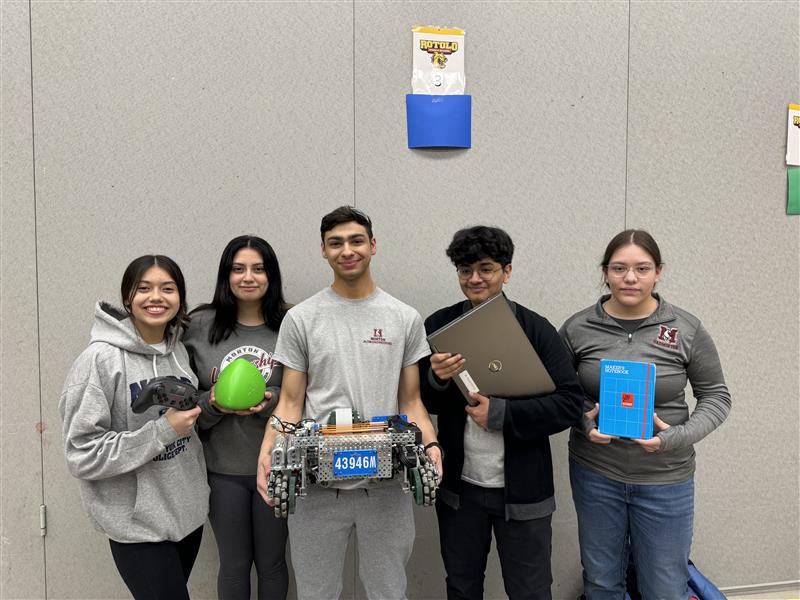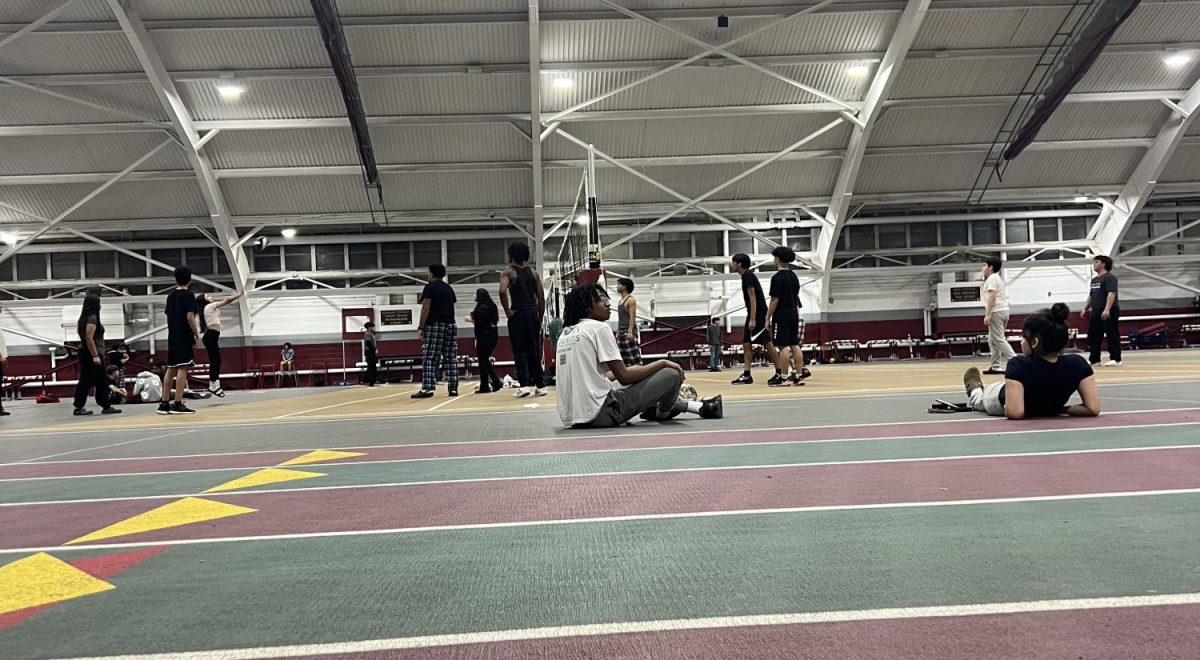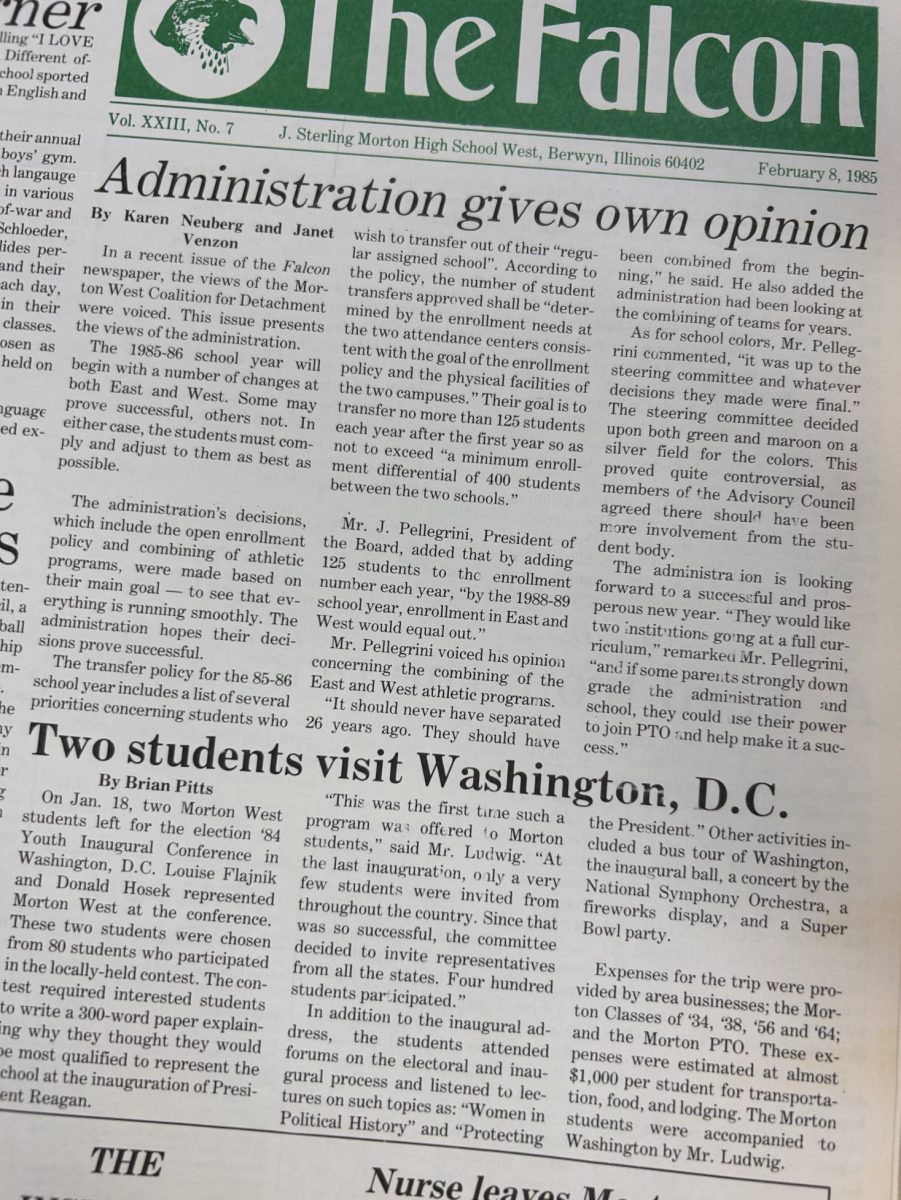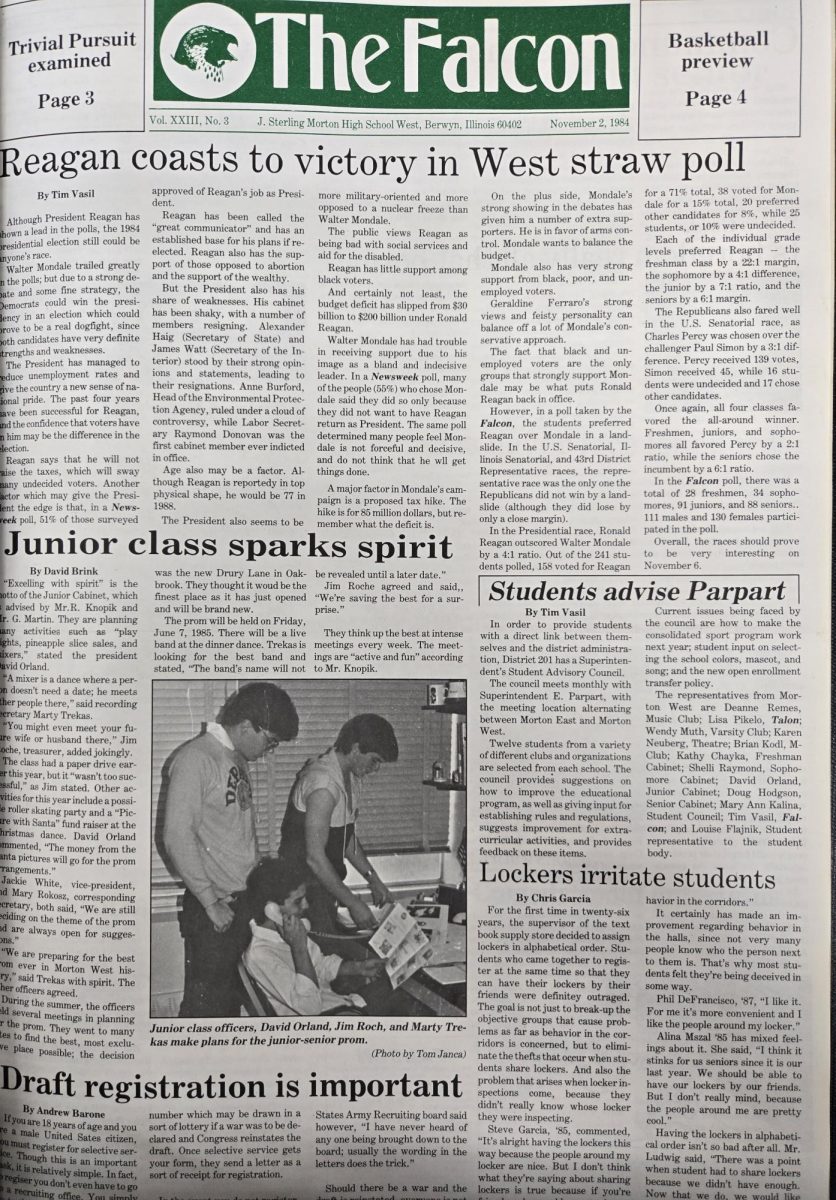Morton West’s Robotics Club is having a fundraiser. Students can commission custom 3D items of almost anything; from toys and puzzles to decorative items and replacement parts for existing items. Samantha Brenneman, lab assistant and general aide in the Engineering Department here at Morton West, is the person to look for if you need anything printed out!
Confused about how 3D items are made? Brenneman explained, “3D items are printed in a way that is similar to the way a small child plays with clay; they roll out ‘snakes’ and then coil them on top of each other to make a pot shape. Our plastic filament is the snakes and layers and layers of snakes make the thing we are printing.” 3D items are printed using a 3D printer. These printers utilize a special type of plastic called filament. The printer takes code and interprets it in layers. As the filament is melted and ejected out, the layers of filament go on top of each other which eventually gives you a finished product.
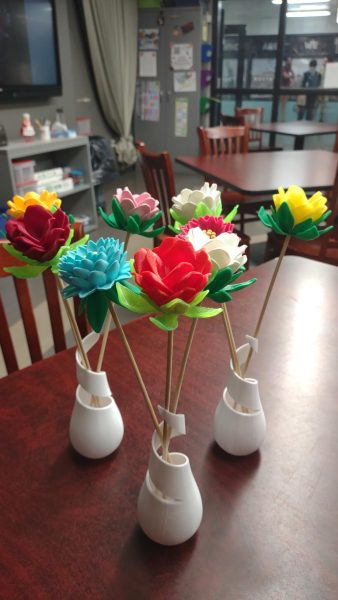
Depending on how much filament is used and how complex your commission is, prices range from $1 to more than $20. This can also affect how long your item would take to print. All of the money raised from the commissions is redirected towards the Morton West’s Robotics Club. The money can help pay for things that the Robotics Club needs, “We use our funds to order what we will need. We also use them to fund travel to and from competitions, keep people [supplied with] snacks, [and] all the usual costs of this type of event. In the past, we had a university partner who sponsored some of this, but budget costs forced them to withdraw, leaving us to find other ways,” Brenneman stated. The Robotics Club needs additional funds in case a source of revenue is suddenly lost. This fundraiser allows the Robotics Club to stay afloat should something happen to their revenue.

The Robotics Club is composed of students interested in designing and building robots that can do specific tasks. They use the VEX robotics system which is a massive collection of hardware and electronics that can be used to make whatever the club members can think of. “VEX” doesn’t stand for anything in particular, but serves as a recognizable brand name. Every spring, VEX hosts a competition where the participants have to design and make a robot following certain set guidelines.
If you need anything printed out for things like school projects or personal use, make sure to text Ms. Brenneman on Teams. You can also email her ([email protected]) or show up to her classroom at D109 anytime to get what you need. Brenneman wants to share her enthusiasm with those who have an interest in 3D printing or robotics, so make sure to put those printers to use!



